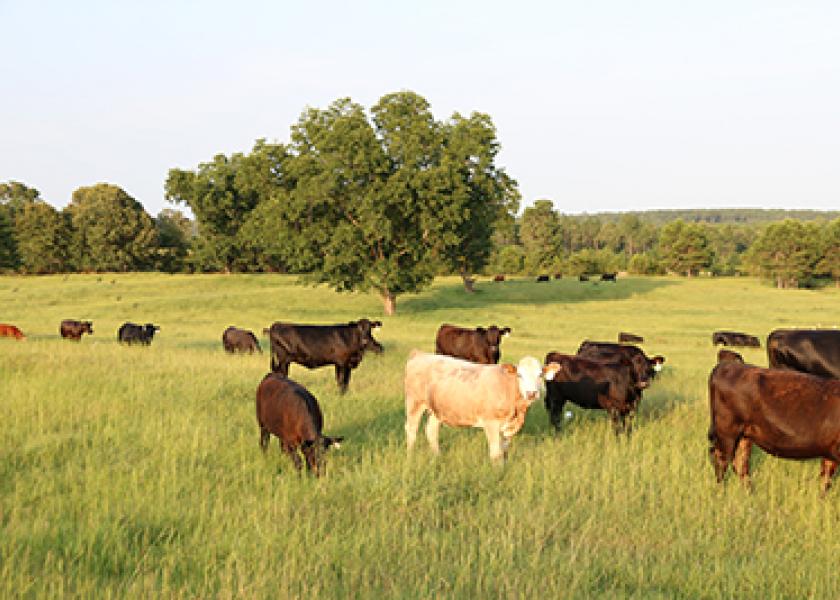USDA: $66 Million Investing in America Funds to National Forests and Grasslands

The U.S. Department of Agriculture announced Friday nearly $66 million to improve water quality, roads, trails, bridges and fish habitat on national forests and grasslands nationwide.
The announcement is part of President Biden’s Investing in America agenda and the Administration’s work to create economic opportunity in communities across the country. This investment, made possible by President Biden’s Bipartisan Infrastructure Law, will fund more than 100 projects in 24 states and the District of Columbia.
“President Biden’s Bipartisan Infrastructure Law has given us a remarkable opportunity to improve our national forests and public facilities,” said Agriculture Secretary Tom Vilsack. “These investments will ensure that millions of Americans can continue to enjoy clean water, world-class recreation, and more resilient transportation infrastructure across hundreds of communities in and around national forests and grasslands.”
With more than 160,000 miles of trails, 7,200 trail bridges, 6,700 road bridges, and 370,000 miles of roads in national forests, this investment will support urgently needed maintenance and repairs on roads and trails, including road decommissioning, and removal of barriers to fish passage, increasing resiliency on our forest lands across the country.
National forests are also home to more than 400,000 miles of streams and 3 million acres of lakes. Approximately 80 million people rely on clean drinking water sources that originate on national forests and grasslands. These investments will protect infrastructure and support healthy watersheds in national forests so that they can continue to provide clean drinking water to the people and communities that depend on them.
“This work is critical as we continue to see the devastating effects from extreme climate events. By moving and repairing roads and trails, we are reducing potential impacts of flooding – ensuring access and water quality is preserved, especially in emergency situations,” said Forest Service Chief Randy Moore. “Local collaboration with tribes and partners has been key to identify and carry out this work.”
Of the total funding, $37.5 million will be invested in the Legacy Roads and Trails Program, which improves water quality, restores habitat for threatened and endangered fish or wildlife, and maintains access for visitors, businesses and wildland firefighters on national forests and grasslands.
$28.1 million will be invested through the Collaborative Aquatic Restoration Program to support a second round of projects to improve water quality, prevent the spread of E. coli, restore fish passage for threatened, endangered, and other aquatic species, increase landscape resiliency, and eliminate high sediment loads in drinking water systems.







